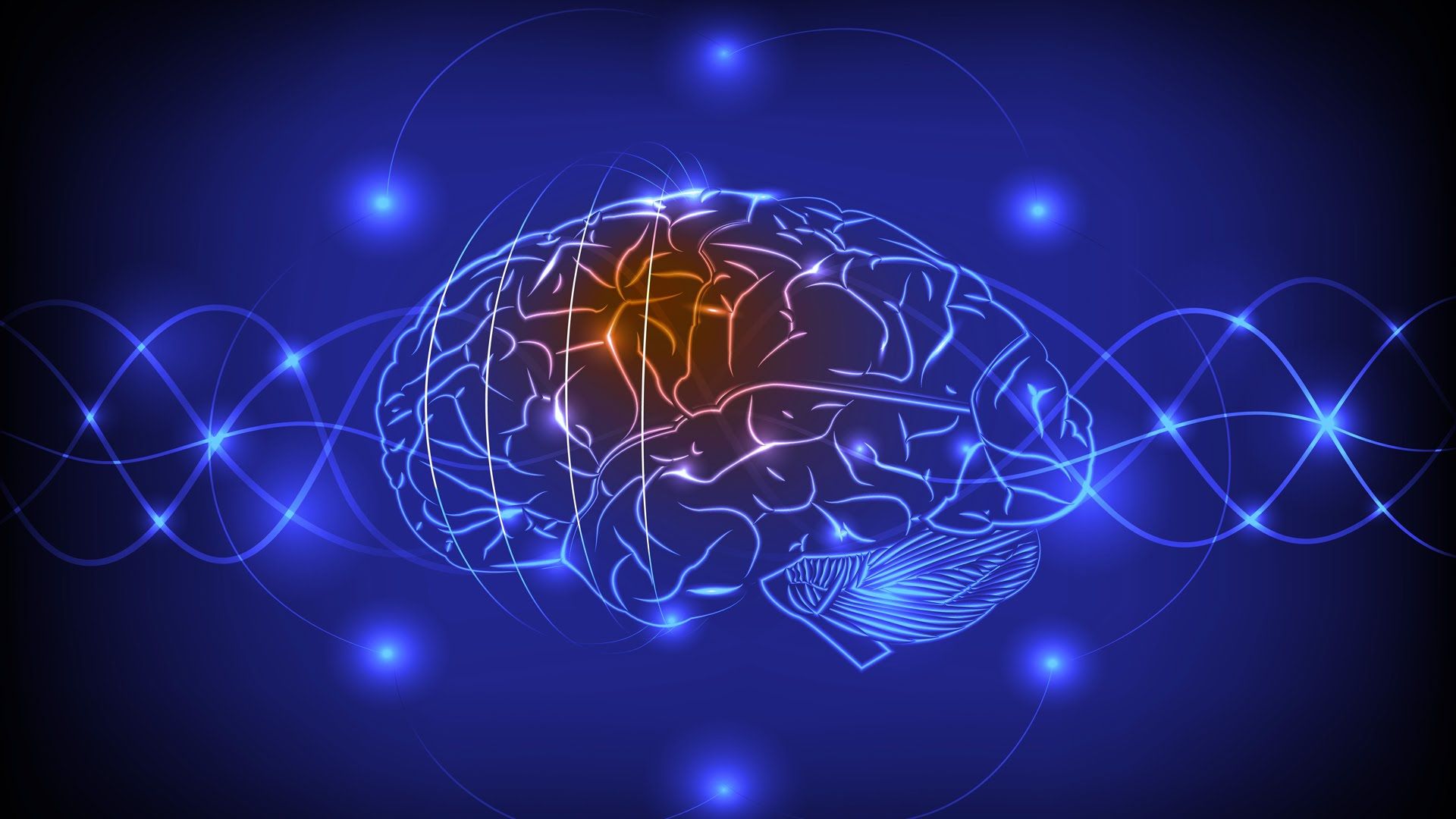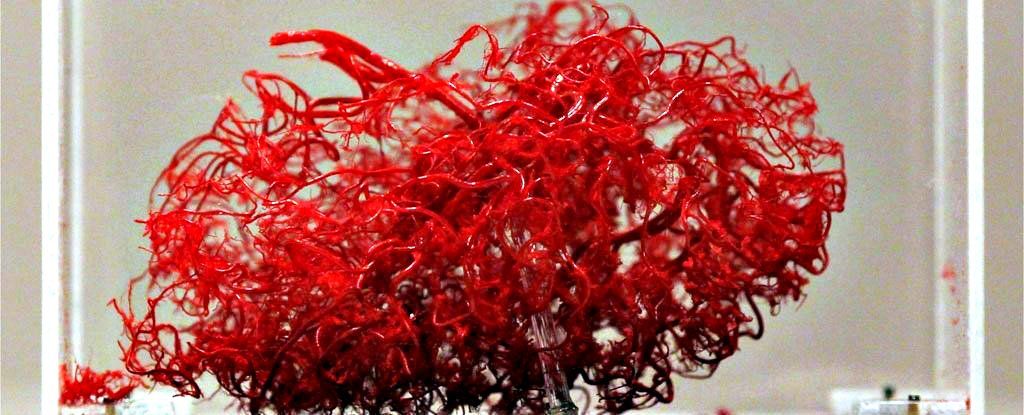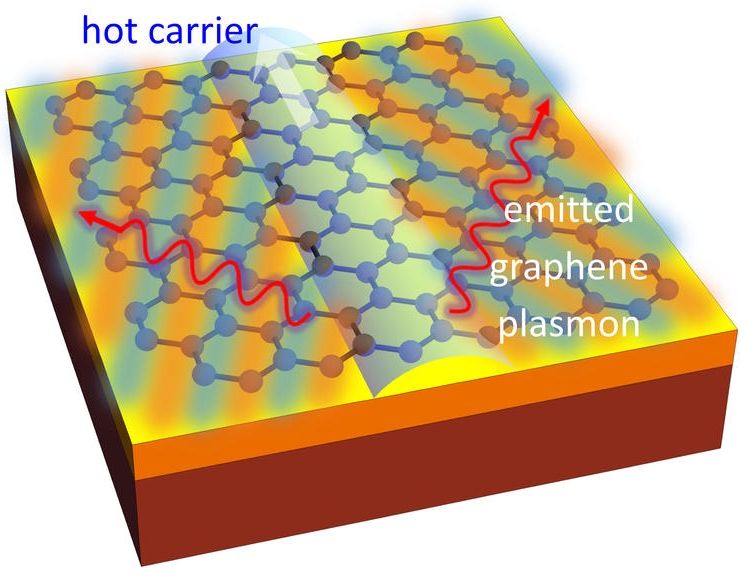Jul 1, 2016
The World’s First Human Brain-to-Brain Interface
Posted by Shailesh Prasad in categories: internet, neuroscience
[3:19] Rajesh Rao and Andrea Stocco test the first human brain-to-brain interface, allowing the brain to be controlled over the internet. When Rajesh plays a video game and thinks about firing at a target, the EEG picks up the signal and sends it across the internet, the Transcranial Magnetic Stimulation or TMS stimulates the region of Andrea’s brain that controls hand movement. This causes Andrea’s index finger to fire the cannon and blow up the target. [Source: World Science Festival YouTube link] Comments.


















